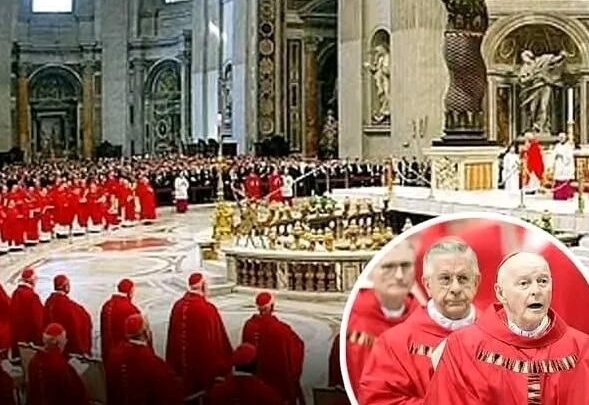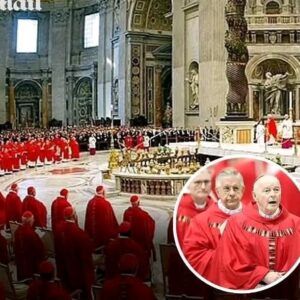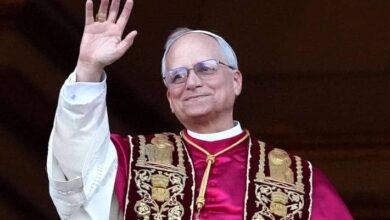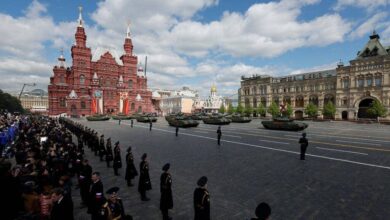Uncategorized
Transition of power: The process of electing a new Pope

By Jones Gadama
The death of a Pope marks a significant moment in the Catholic Church, triggering a series of traditional and intricate processes.
When the Pope passes away, a well-established protocol kicks in, guiding the Church through this period of transition.
Confirmation of death
The process begins with the official confirmation of the Pope’s death by the Camerlengo, also known as the Chamberlain of the Holy Roman Church.
The Camerlengo gently calls the Pope by his baptismal name three times, and when there is no response, he declares the Pope dead.

This solemn ritual ensures that the Pope’s passing is formally acknowledged.
Destruction of the Papal ring
Following the confirmation of death, the Fisherman’s Ring, which is used to seal official documents, is ceremonially destroyed.
This act prevents any potential forgery or misuse of the Pope’s seal, ensuring the integrity of the Church’s documents during this period of transition.
Period of mourning
A nine-day mourning period, known as Novemdiales, begins after the Pope’s death. During this time, daily Masses are celebrated for the repose of the Pope’s soul.
The Pope’s body lies in state, typically in St. Peter’s Basilica, where the public can pay their respects.
This period allows the Church and the faithful to come together and pay tribute to the deceased Pope.
Sede Vacante
The Holy See is officially without a Pope during this period, known as Sede Vacante, or “The Seat is Vacant.” The Vatican’s government slows down, and only essential decisions are made.
The Camerlengo temporarily oversees the day-to-day Vatican affairs, ensuring continuity and stability within the Church.
Conclave to elect a new Pope
Cardinals from around the world gather in conclave, usually 15-20 days after the Pope’s death, to elect a new Pope.
The cardinals are locked inside the Sistine Chapel and vote in secret until a new Pope is chosen.
The outcome of each round of voting is indicated by the color of smoke emitted from the chimney: white smoke signifies the election of a new Pope, while black smoke indicates that the vote was inconclusive.
A new Pope is announced
Once a new Pope is elected, he is introduced from the balcony of St.
Peter’s Basilica with the words “Habemus Papam,” meaning “We have a Pope.” This moment marks the beginning of a new era in the Catholic Church, as the newly elected Pope takes on his role as the spiritual leader of the worldwide Catholic community.
In conclusion, the process of electing a new Pope is a complex and traditional ritual that ensures continuity and stability within the Catholic Church.
As the Church bids farewell to one Pope and welcomes another, the faithful around the world look forward to the guidance and leadership of their new spiritual leader.






